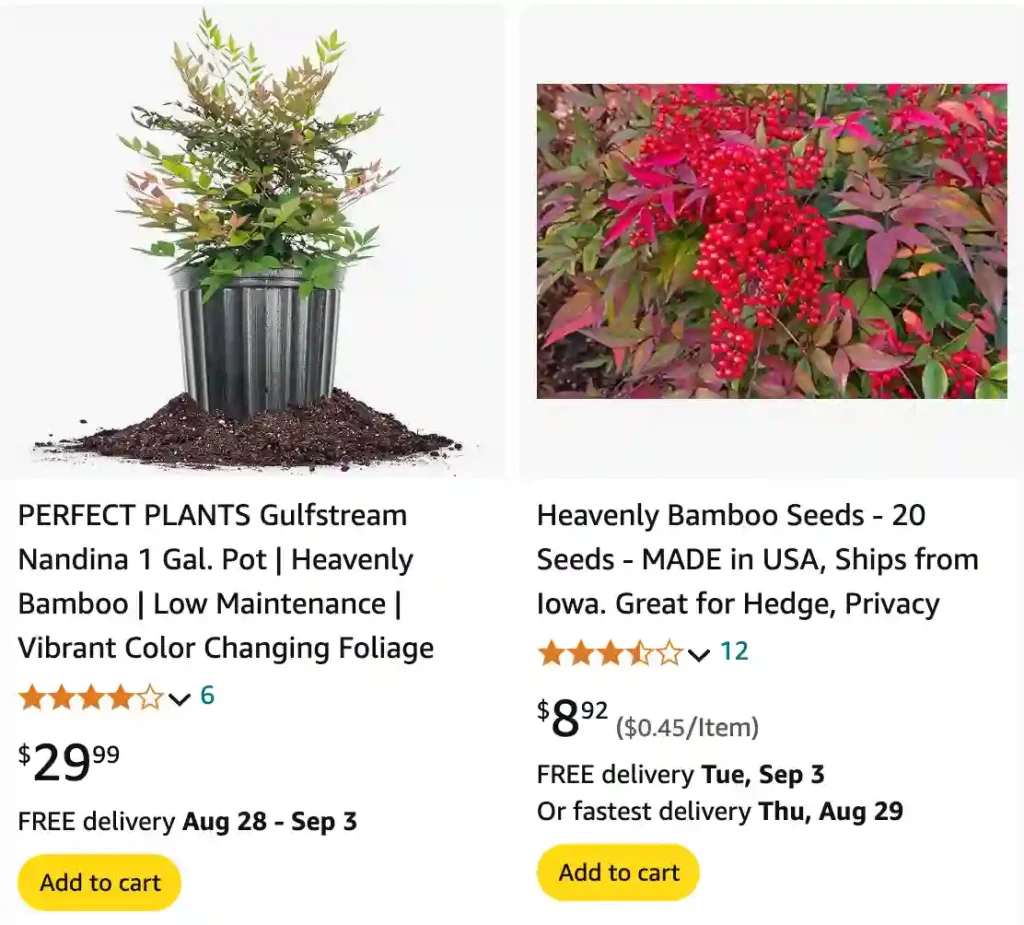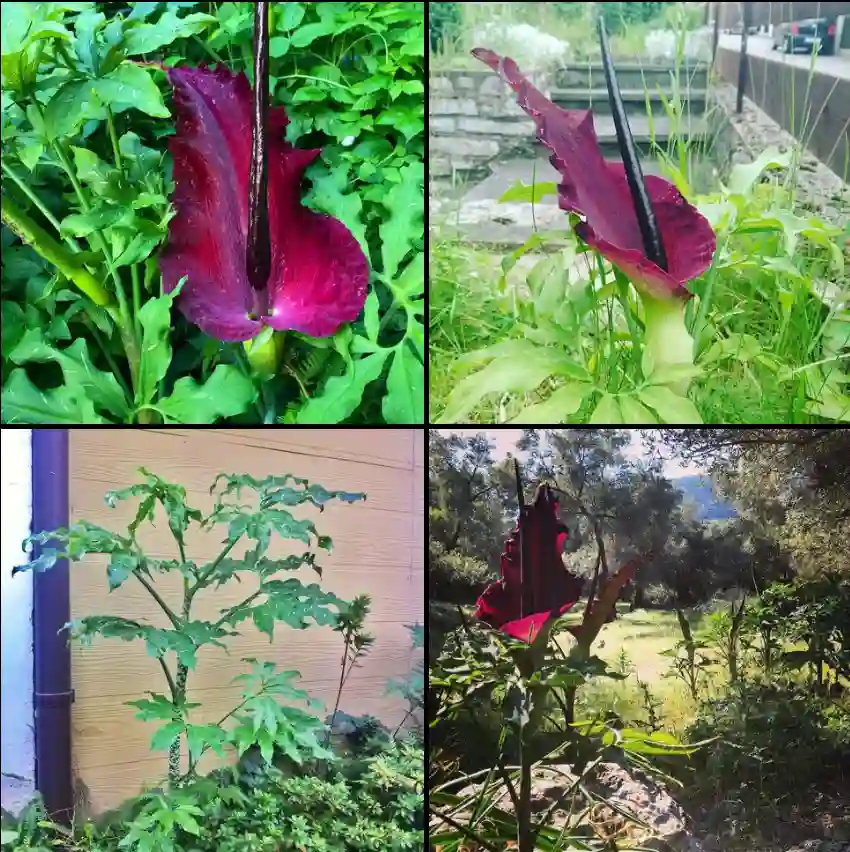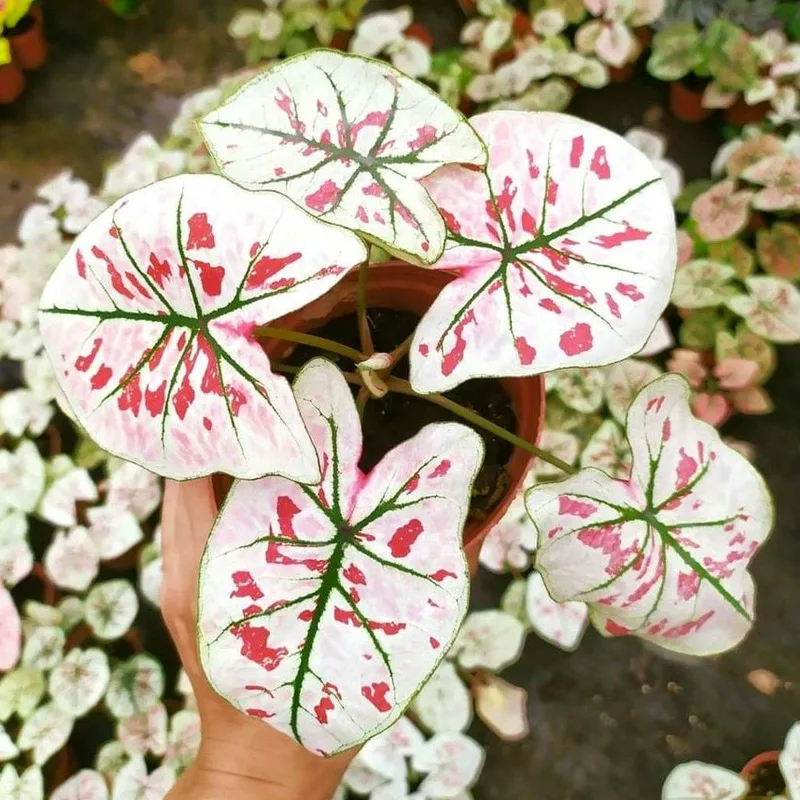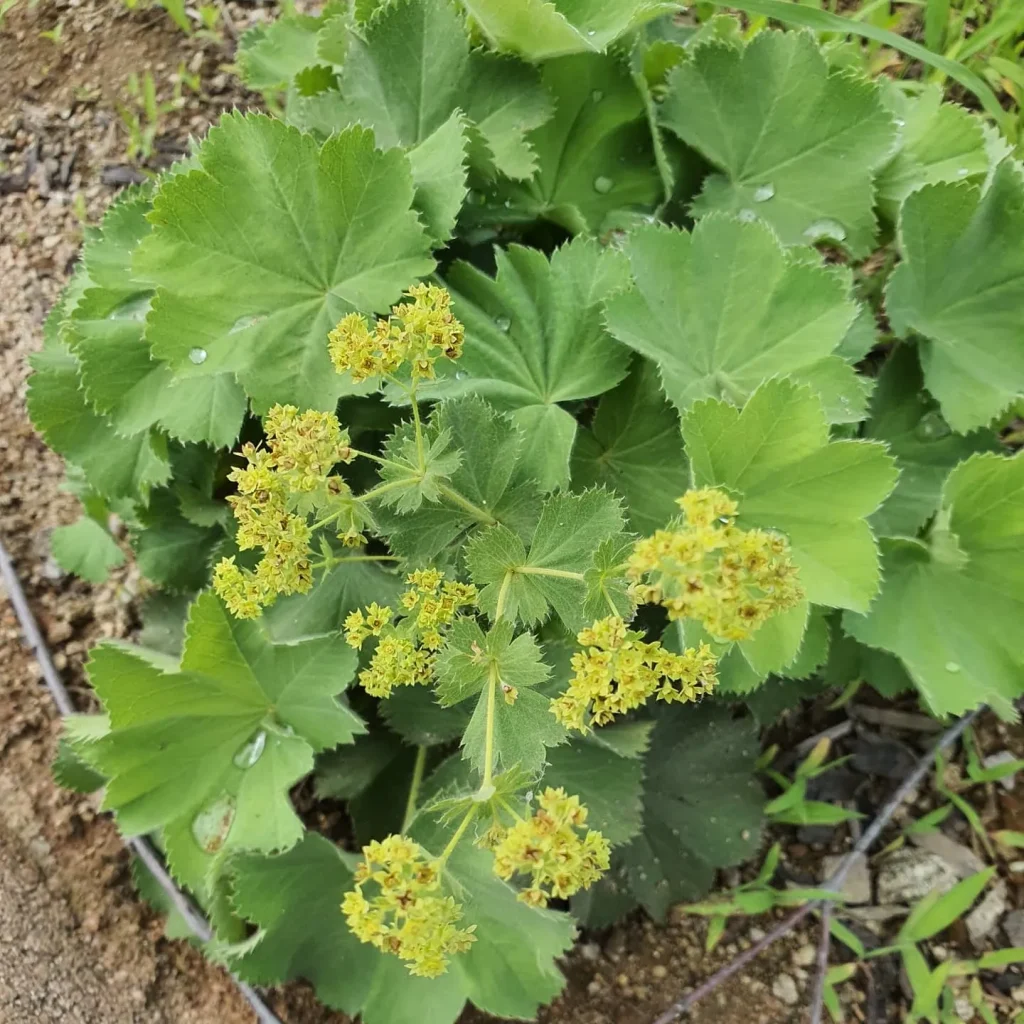
FAQs About Heavenly Bamboo
Heavenly Bamboo, often known by its botanical name Nandina Domestica, is a popular plant in many gardens for its striking appearance and versatility. However, before adding this plant to your garden, you might have some pressing questions. Here’s a comprehensive guide to help you understand everything you need to know about Heavenly Bamboo.
Is Heavenly Bamboo Invasive?
Heavenly Bamboo has a reputation for being invasive in some regions. It spreads aggressively, often outcompeting native plants. Its rhizomatic root system allows it to spread quickly, which can be problematic in areas where it is not native. If you’re considering planting it, make sure to check local regulations and guidelines regarding invasive species.
How to Prune Heavenly Bamboo?
Pruning Heavenly Bamboo is essential to maintain its shape and control its spread. The best time to prune is in late winter or early spring before new growth begins. Cut back any dead or damaged stems and trim the plant to maintain its shape. Regular pruning helps prevent it from becoming too unruly and keeps it looking its best.
Is Heavenly Bamboo Poisonous?
Heavenly Bamboo is considered mildly toxic. The berries and leaves contain compounds that can be harmful if ingested, especially to children and pets. Symptoms of poisoning might include nausea, vomiting, and diarrhea. It’s best to keep this plant away from areas where children and pets play.
Can Heavenly Bamboo Grow in Pots?
Yes, Heavenly Bamboo can thrive in pots, making it a suitable choice for container gardening. Ensure the pot has adequate drainage and use a well-draining potting mix. Regular watering and occasional feeding will help keep the plant healthy. Be mindful that its growth might be more limited compared to plants grown in the ground.
Can Heavenly Bamboo Grow in Shade?
Heavenly Bamboo prefers full sun to partial shade. While it can tolerate some shade, it generally grows best with at least 4 to 6 hours of sunlight per day. In shadier conditions, the plant might become leggy and less vibrant.
Can You Eat Heavenly Bamboo Berries?
The berries of Heavenly Bamboo are technically edible, but they are not recommended for consumption. They are not particularly tasty and can cause digestive upset if eaten in large quantities. It’s better to admire the plant for its ornamental value rather than as a food source.
Do Deer Eat Heavenly Bamboo?
Deer generally avoid eating Heavenly Bamboo. Its tough foliage and the plant’s mildly toxic properties make it less appealing to deer. However, in times of food scarcity, deer might nibble on it, so it’s not entirely deer-proof.
Does Heavenly Bamboo Need Full Sun?
Heavenly Bamboo thrives in full sun to partial shade. For the best growth and most vibrant foliage, aim for a location that receives at least 4 to 6 hours of direct sunlight daily. In full sun, the plant will develop its characteristic rich colors and dense growth.
Does Heavenly Bamboo Spread?
Yes, Heavenly Bamboo spreads through its rhizomatic root system. It can form dense clumps and spread aggressively if not managed properly. Regular pruning and containment measures can help control its spread and prevent it from becoming invasive.
How Big Does Heavenly Bamboo Get?
Heavenly Bamboo can reach a height of 5 to 8 feet (1.5 to 2.5 meters) with a similar spread. Its size can vary depending on growing conditions and pruning practices. In pots, it might remain smaller and more compact.
How Fast Does Heavenly Bamboo Grow?
Heavenly Bamboo is a relatively fast-growing plant. Under ideal conditions, it can add several feet of growth per year. Regular feeding and proper care can support its vigorous growth and help maintain its health.
How to Care for Heavenly Bamboo?
Caring for Heavenly Bamboo involves regular watering, proper pruning, and occasional feeding. It prefers well-draining soil and should be watered consistently, but not overly so. Fertilize once or twice a year to promote healthy growth. Watch for pests and diseases, and address any issues promptly to keep your plant thriving.
How to Get Rid of Heavenly Bamboo?
Removing Heavenly Bamboo can be challenging due to its vigorous root system. To get rid of it, you’ll need to dig up the plant, including the root system, and dispose of it properly. You might need to remove any new shoots that emerge from leftover roots. In some cases, herbicides may be necessary to ensure complete eradication.
Is Heavenly Bamboo Evergreen?
Yes, Heavenly Bamboo is evergreen. It retains its foliage throughout the year, providing consistent color and texture in your garden. Its leaves turn a reddish color in the winter, adding visual interest even in colder months.
What Does Heavenly Bamboo Look Like?
Heavenly Bamboo features delicate, bamboo-like foliage that is usually a vibrant green. It has small, white to pink flowers that bloom in late spring to early summer, followed by red berries in the fall. The plant has a graceful, arching growth habit that adds elegance to any landscape.
Heavenly Bamboo vs Firepower
Heavenly Bamboo and Firepower (a variety of Heavenly Bamboo) differ primarily in their appearance. Firepower is a compact variety known for its striking red foliage, especially in the cooler months. It is smaller and more manageable than the standard Heavenly Bamboo, making it a popular choice for smaller spaces.
Heavenly Bamboo vs Gulf Stream
Gulf Stream is another variety of Heavenly Bamboo with distinct characteristics. It is known for its more compact growth and strikingly colorful foliage, with leaves that turn a bright red in the fall. Compared to standard Heavenly Bamboo, Gulf Stream is more controlled and has a denser, more compact habit.
What to Plant With Heavenly Bamboo?
Heavenly Bamboo pairs well with other plants that complement its ornamental qualities. Consider planting it with evergreen shrubs, ornamental grasses, or flowering perennials that can enhance its beauty. Its evergreen nature makes it a good backdrop for seasonal plants, providing year-round interest in your garden.
In conclusion, Heavenly Bamboo is a versatile and attractive plant, but it comes with its considerations. By understanding its growth habits, care needs, and potential challenges, you can decide if it’s the right addition to your garden.




